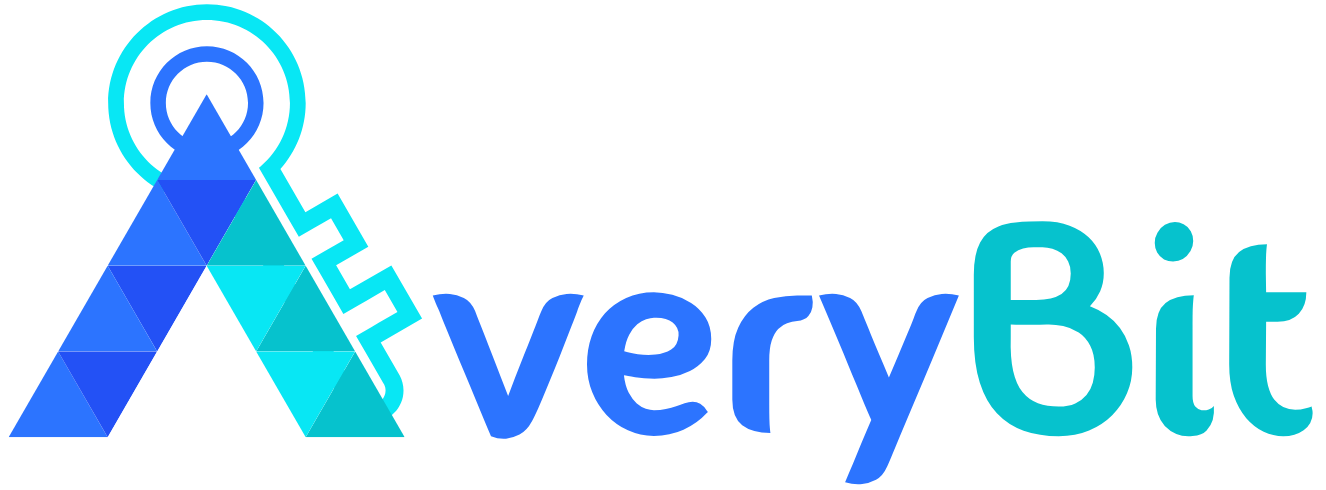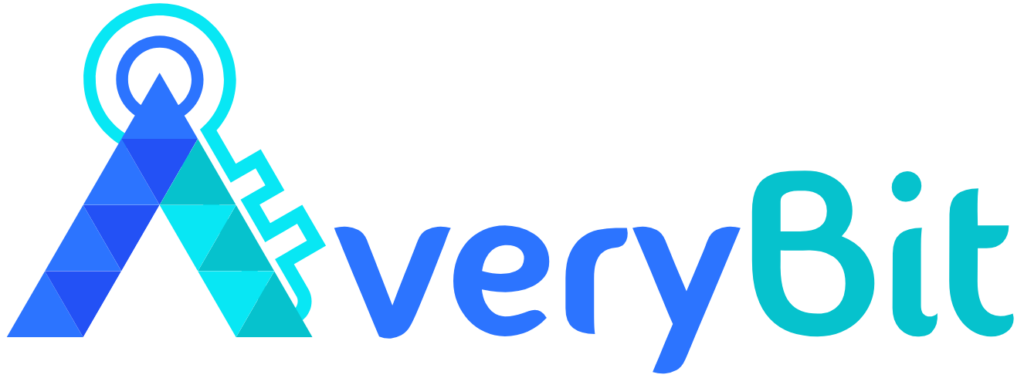In 2024, no-code platforms that are cutting edge are causing a massive transition in the software development industry toward accessibility and empowerment. With the help of these tools, anyone — from business owners to seasoned developers — can construct robust applications without requiring a high level of coding knowledge, and democratizing technology. These platforms are notable for their user-friendly interfaces, vast feature sets, and capacity to quickly translate concepts into reality, which are sought-after qualities by both individuals and corporations seeking agility and rapid deployment in their digital initiatives. Come along as we investigate the top no-code platforms that will revolutionize the way we develop and innovate in the upcoming year, meeting a wide range of needs and unrestricting the creative process.
7 Best No-Code Platforms for 2024
7 Best No-Code platforms for 2024 are:
Webflow
Webflow is a robust no-code platform designed to empower users with the ability to create responsive websites and dynamic web applications without traditional coding. It serves as a powerful tool for both designers and developers, offering a visual interface that allows users to design, build, and launch websites with ease. One of its key strengths lies in its intuitive drag-and-drop editor, which enables users to create intricate layouts and interactions seamlessly.
Pros:
- Visual Design: Webflow’s visual editor facilitates the creation of complex designs without coding.
- Responsive: Websites built on Webflow are inherently responsive, adapting to various screen sizes.
- CMS Capabilities: It integrates a robust content management system (CMS) for content editing and publishing.
- E-commerce Support: Allows for building and managing online stores with built-in e-commerce features.
- SEO-Friendly: Provides tools for optimizing websites for search engines.
- Custom Interactions: Enables the creation of custom animations and interactions without coding.
- Hosting: Offers reliable hosting services with scalable infrastructure.
Cons:
- Learning Curve: While user-friendly, mastering advanced features may require some learning.
- Cost: Higher pricing tiers may be prohibitive for small businesses or individual users.
- Dependency on Webflow: Customizing beyond Webflow’s capabilities can be challenging.
Key Features:
- Drag-and-Drop Interface: Simplifies the process of designing and structuring websites.
- CMS Editor: Allows for easy content management and publishing.
- E-commerce Tools: Supports building and managing online stores.
- Interactions and Animations: Enables the creation of dynamic and engaging user experiences.
- SEO Tools: Provides tools for optimizing content for search engines.
- Responsive Design: Ensures websites look great on any device.
- Hosting and Security: Offers secure hosting services with robust infrastructure.
Webflow continues to be a go-to choice for individuals and businesses seeking to create polished, functional websites without delving into complex coding, making it a versatile tool in the realm of no-code development.
Glide
Glide is a versatile no-code platform that allows users to create mobile apps directly from Google Sheets. It simplifies app development by leveraging familiar spreadsheet functionalities, making it accessible even to those without programming skills. One of Glide’s standout features is its seamless integration with Google Sheets, enabling real-time data syncing and easy content management. This platform is ideal for startups and small businesses looking to build functional apps quickly and cost-effectively.
Pros:
- Ease of Use: Glide’s interface is intuitive, leveraging Google Sheets for data input and management.
- Speedy Development: Apps can be created rapidly without writing code, reducing time-to-market.
- Real-Time Updates: Changes in Google Sheets reflect instantly in the app, ensuring up-to-date information.
- Customizable Design: Users can personalize app layouts and styles to match branding needs.
- Affordability: Glide offers a free plan with basic features, making it accessible for budget-conscious users.
Cons:
- Limited Complexity: Complex app functionalities may require workarounds or integration with other tools.
- Dependency on Google Sheets: Heavy reliance on Google Sheets may pose limitations for large-scale or advanced projects.
- Design Constraints: Customization options are somewhat limited compared to more advanced app development platforms.
Glide empowers users to create functional mobile apps quickly and efficiently, leveraging the simplicity of Google Sheets integration and no-code development principles.
Key Features:
- Google Sheets Integration: Sync real-time data effortlessly.
- Customizable Templates: Flexible designs for app creation.
- Interactive Components: Buttons, forms, and lists for enhanced user interaction.
- Collaboration Tools: Multiple users can work on projects simultaneously.
- Offline Capabilities: Access app content without an internet connection.
- Automatic Updates: Reflect changes made in Google Sheets instantly.
- Integration Options: Connect with third-party services and APIs.
- Analytics: Monitor app usage and user engagement.
- Plan Options: Free basic plan with premium options for advanced features and support.
Softr
Softr is a versatile no-code platform designed to empower users to create websites and web applications without needing to write code. Its intuitive interface and templates cater to both beginners and experienced developers, offering a seamless experience for building digital products.
Pros:
- Ease of Use: User-friendly interface with drag-and-drop functionality.
- Templates: Pre-designed templates for various industries and use cases.
- Integration: Seamless integration with popular tools like Zapier and Google Analytics.
- Customization: Allows extensive customization through CSS and HTML for advanced users.
- SEO Optimization: Built-in tools for optimizing websites for search engines.
Cons:
- Learning Curve: Some features may require basic technical knowledge.
- Customization Limitations: Advanced customization might be limited compared to traditional development.
- Support: Limited customer support options for free users.
Key Features:
- Responsive Design: Ensures websites are optimized for mobile devices.
- Database Functionality: Create dynamic content with databases and collections.
- E-commerce Capabilities: Set up online stores with payment integration.
- Analytics: Track website performance with built-in analytics tools.
Softr is ideal for entrepreneurs, small businesses, and creators looking to launch professional-looking websites and applications quickly without the complexity of traditional development processes.
Bubble
Bubble is a prominent no-code platform revolutionizing software development by enabling users to build web applications without writing code. Its intuitive visual interface empowers entrepreneurs and developers to create complex applications quickly and efficiently.
Pros:
- No Coding Required: Ideal for non-technical users.
- Rapid Development: Quickly prototype and deploy applications.
- Customizable: Offers extensive customization with drag-and-drop elements.
- Scalable: Supports scaling as projects grow.
- Rich Features: Integrates databases, APIs, and workflows seamlessly.
Cons:
- Learning Curve: Complex projects may require learning advanced features.
- Cost: Higher pricing tiers for advanced features and scalability.
- Platform Lock-in: Limited portability of projects to other platforms.
Key Features:
- Visual Editor: Drag-and-drop interface for designing UI/UX.
- Database Integration: Build databases directly into applications.
- Workflow Automation: Automate workflows and business processes.
- Responsive Design: Create applications optimized for any device.
- API Connectivity: Integrate with third-party services effortlessly.
Bubble empowers users to innovate and launch applications rapidly, making it a popular choice for startups and enterprises alike in the no-code development space.
Airtable
Airtable is a versatile no-code development platform that combines the functionality of a spreadsheet with the power of a database, making it a popular choice for organizing and managing various types of data. Its intuitive interface allows users to create customized databases, workflows, and project management tools without any programming knowledge.
Pros:
- Versatility: Supports a wide range of use cases from project management to CRM.
- Ease of Use: User-friendly interface with drag-and-drop functionality.
- Customization: Highly customizable with flexible data structuring and views.
- Integration: Integrates with various apps and services like Zapier and Slack.
- Collaboration: Facilitates real-time collaboration and sharing of data.
- Automation: Allows for automation of repetitive tasks with customizable workflows.
- Templates: Offers pre-built templates for quick setup.
- Mobile Access: Accessible via mobile apps for on-the-go management.
Cons:
- Learning Curve: May have a learning curve for complex setups and formulas.
- Limited Functionality: Some advanced features may require an understanding of formulas or scripting.
- Cost: Higher-tier plans can be expensive for small teams or individual users.
Key Features:
- Blocks: Customize functionality with blocks like calendars and Kanban boards.
- Forms: Create forms to collect data directly into Airtable databases.
- Views: Multiple views (grid, calendar, Kanban, etc.) for data visualization.
- Collaboration: Real-time collaboration and commenting features.
- Integrations: Connects with third-party apps through integrations.
- API: Provides API access for developers to extend functionality.
Airtable excels in flexibility and usability, making it ideal for teams and individuals looking to streamline data management and workflow automation without coding. However, users should consider the learning curve and cost implications before fully adopting it for complex business needs.
Thunkable
Thunkable is a no-code platform designed to empower users to build mobile apps without needing to write code. It targets both novice and experienced developers by offering an interface that simplifies the app development process. Thunkable allows users to create mobile applications for both Android and iOS platforms effortlessly. Its visual interface and extensive component library make app creation accessible to anyone, regardless of programming expertise.
Pros:
- Cross-Platform Development: Supports Android and iOS app development.
- Rich Component Library: Offers a variety of pre-built components and templates.
- Real-Time Testing: Allows instant preview and testing of apps during development.
- Customization: Enables customization through visual properties and blocks.
- Integration: Integrates with APIs and third-party services.
- Community Support: Active community for sharing projects and ideas.
- Educational Resources: Provides tutorials and resources for learning app development.
Cons:
- Limited Complexity: This may not support highly complex or specialized app functionalities.
- Learning Curve: Beginners may still face a learning curve with advanced features.
- Dependency on Platform: Features and performance may vary between Android and iOS.
Key Features:
- Drag-and-Drop Builder: Create apps by dragging and dropping components.
- Visual Designer: Design app interfaces visually with customizable properties.
- Live Testing: Instantly test apps on connected devices.
- Templates: Starter templates for quick app prototyping.
- APIs and Plugins: Integrate with external APIs and plugins.
- Cloud Storage: Store app data securely in the cloud.
- Analytics: Track app performance and user behavior.
- Publishing: Publish apps directly to app stores.
Thunkable is ideal for individuals and small businesses looking to develop simple to moderately complex mobile applications without coding. It offers a straightforward approach to app creation with ample support and resources for learning and community engagement.
Adalo
Adalo is a no-coding platform designed to empower users to create mobile apps without needing to write code. It offers a streamlined interface and a range of tools aimed at simplifying the app development process for both beginners and experienced developers. Adalo enables users to build mobile apps effortlessly using a visual development environment, making it accessible for those without programming skills. It supports rapid prototyping and deployment, catering to various business needs and industries.
Pros:
- Ease of Use: Adalo’s drag-and-drop interface and pre-built components make it easy to create functional apps quickly.
- Customization: Users can customize app design, layout, and functionality extensively without coding.
- Integration: It supports integration with third-party services and APIs, enhancing app capabilities.
- Templates: Offers templates for common app types, speeding up development time.
- Preview and Testing: Provides tools for real-time preview and testing across devices before deployment.
Cons:
- Learning Curve: While user-friendly, complex app requirements may still require a learning curve.
- Limited Complexity: Not suitable for highly complex or specialized applications that require custom logic beyond what the platform offers.
Key Features:
- Data Management: Integrate and manage app data using Adalo’s database.
- Custom Actions: Define interactions and behaviors without coding.
- Publishing: Deploy apps to iOS and Android platforms with ease.
- Community and Support: Access to a community forum and support resources for assistance.
Adalo empowers entrepreneurs, startups, and businesses to create mobile applications efficiently, focusing on usability and flexibility to meet diverse app development needs.














